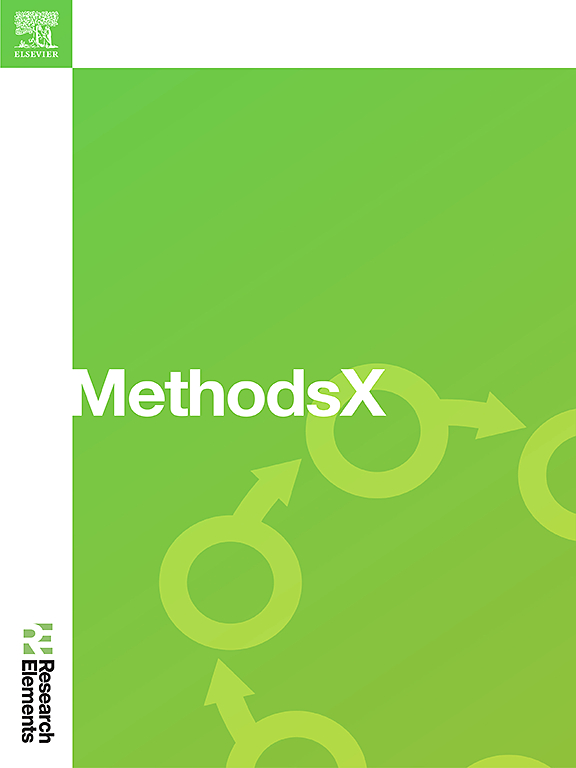Attention-enhanced corn disease diagnosis using few-shot learning and VGG16
IF 1.6
Q2 MULTIDISCIPLINARY SCIENCES
引用次数: 0
Abstract
Plant Disease Detection in the early stage is paramount. Traditionally, it was done manually by the farmers, which is a laborious and time-intensive task. With the advent of AI, Machine Learning and Deep Learning methods are used to detect and categorize plant diseases. However, they rely on extensive datasets for accurate prediction, which is impracticable to acquire and annotate. Thus, Few Shot Learning is the state-of-the-art model in machine learning, which requires minimum examples to train the model for generalization. As humans need a few examples to recognize things, Few-shot Learning mimics the same human brain process. The proposed work uses a pre-trained convolution neural network, VGG16, as the backbone, fine-tuned on the corn disease dataset. An attention module is integrated with the backbone, and further, prototypical few-shot learning is used for corn disease prediction and classification with an accuracy of 98.25 %.
- •The proposed model intends to identify the diseases early, so the insights generated would be relevant for farmers, and probable losses can be reduced.
- •By applying Few-Shot Learning, the system avoids the significant challenges of requiring extensively annotated datasets, making it feasible for real-world agricultural applications.
- •Incorporating a fine-tuned VGG16 backbone along with an attention mechanism and prototypical Few-Shot Learning results in a robust and scalable solution with high accuracy for classifying corn diseases.

基于少量学习和VGG16的注意增强玉米病害诊断
植物病害的早期检测至关重要。传统上,它是由农民手工完成的,这是一项费时费力的任务。随着人工智能的出现,机器学习和深度学习方法被用于检测和分类植物病害。然而,它们依赖于广泛的数据集来进行准确的预测,而这些数据集的获取和注释是不切实际的。因此,Few Shot Learning是机器学习中最先进的模型,它需要最少的示例来训练模型进行泛化。由于人类需要一些例子来识别事物,few -shot Learning模仿了相同的人类大脑过程。提出的工作使用预训练的卷积神经网络VGG16作为主干,对玉米病害数据集进行微调。将注意力模块集成到主干中,进一步将原型少射学习用于玉米病害预测分类,准确率达到98.25%。•拟议的模型旨在尽早识别疾病,因此产生的见解将与农民相关,并可能减少损失。•通过应用Few-Shot学习,系统避免了需要广泛注释数据集的重大挑战,使其适用于现实世界的农业应用。•将微调的VGG16骨干与注意机制和原型Few-Shot学习结合在一起,可用于玉米病害分类的高精度鲁棒和可扩展解决方案。
本文章由计算机程序翻译,如有差异,请以英文原文为准。
求助全文
约1分钟内获得全文
求助全文
来源期刊

MethodsX
Health Professions-Medical Laboratory Technology
CiteScore
3.60
自引率
5.30%
发文量
314
审稿时长
7 weeks
期刊介绍:
 求助内容:
求助内容: 应助结果提醒方式:
应助结果提醒方式:


